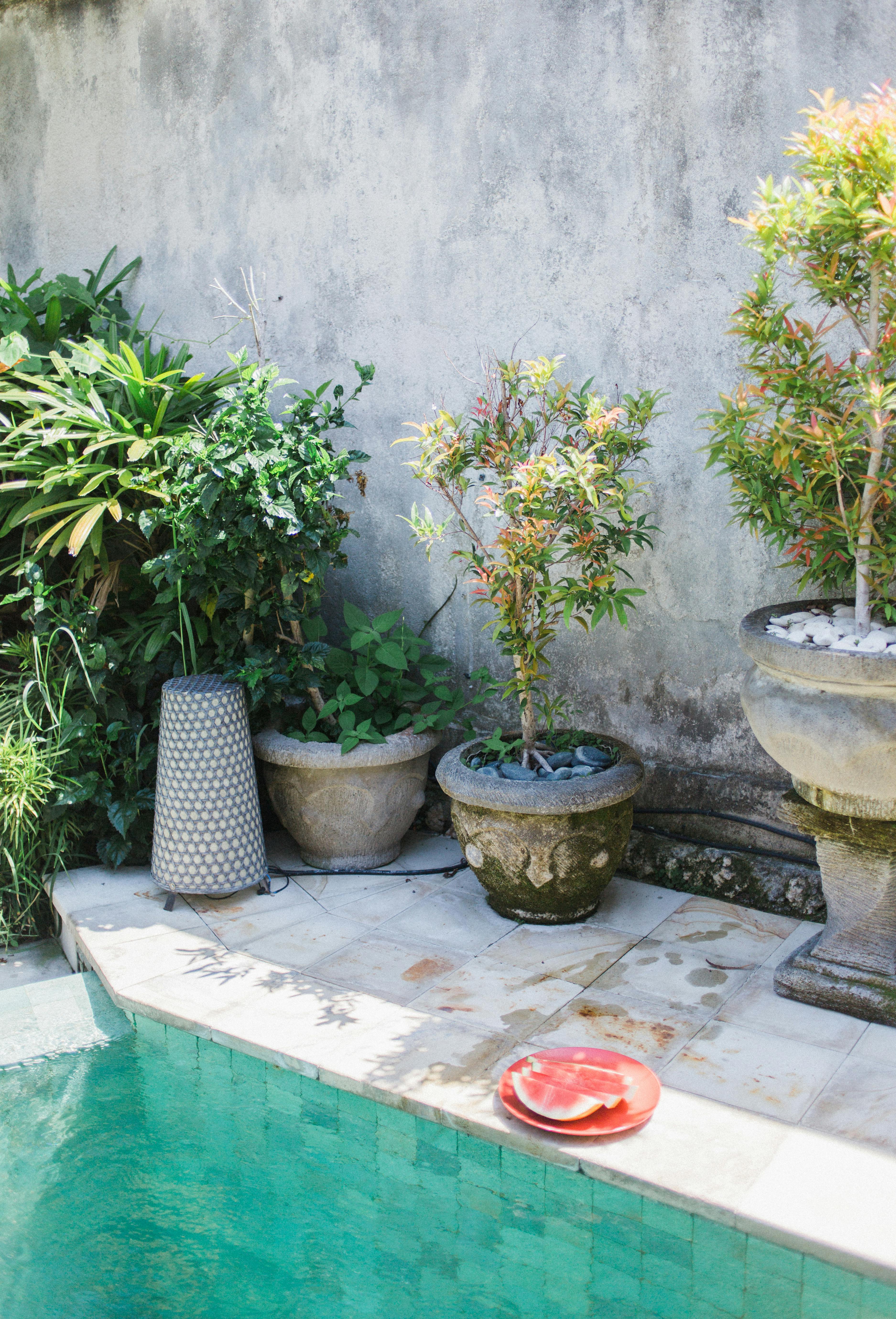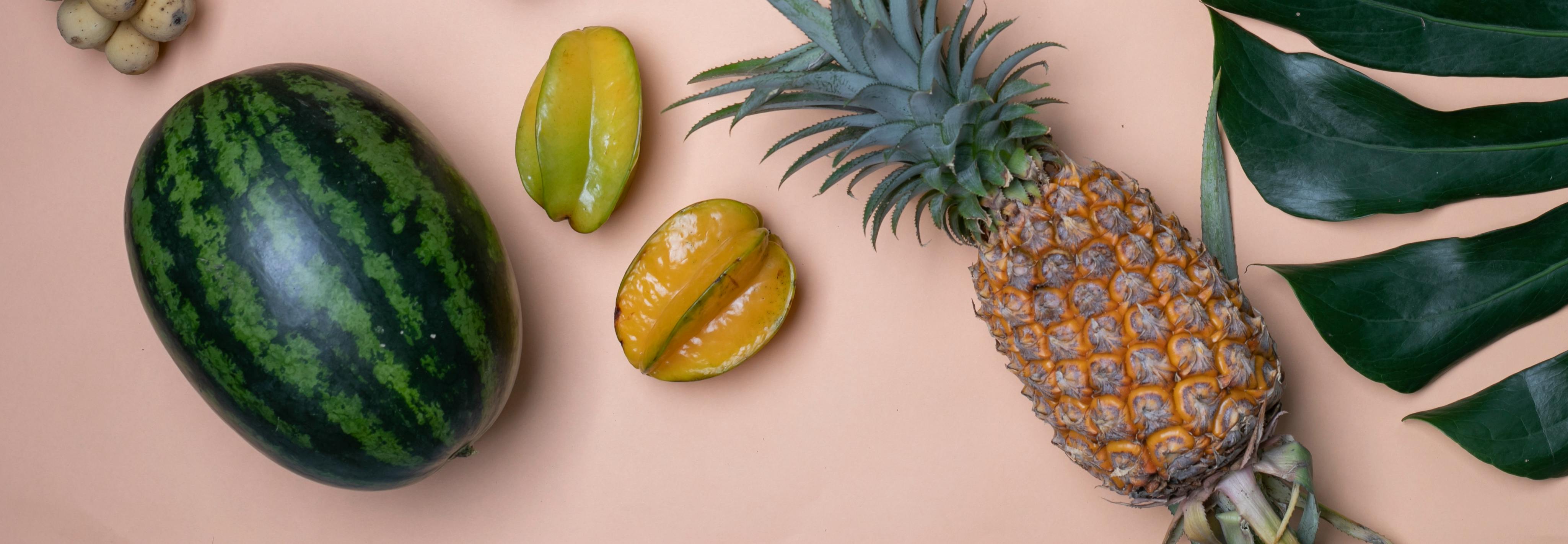Watermelon plant is a type of flowering plant of the Cucurbitaceae family. It is a vine-like annual plant and is one of the most popular fruits in the world. Watermelons are grown in warm climates and are usually harvested in summer. The fruit has a thick rind, juicy flesh, and many edible seeds. Watermelons have numerous health benefits and can be enjoyed in various ways.A watermelon plant is a type of flowering plant that belongs to the Cucurbitaceae family. It is a creeping vine with large, coarsely lobed leaves and long, trailing stems. It produces large, edible fruit with a thick, green rind and juicy, sweet flesh inside. Watermelons are usually grown in warm climates and require regular watering and adequate sunlight for optimal growth.
Contents
Plant Characteristics
Watermelon plants are vigorous, fast-growing, and can reach up to 10 feet in length. The stems are usually hairy and covered with prickles, while the leaves are large and light green in color. The flowers are yellow with male and female flowers on separate plants. Watermelon plants also produce a strong taproot that can reach up to 3 feet in length. This root helps provide the plant with water and nutrients from deep within the soil. Additionally, watermelons produce a network of shallow lateral roots that help stabilize the plant in loose soil.
Fruit Characteristics
Watermelons are round or oblong in shape, typically range from 3-20 pounds in weight, and have a hard rind. The flesh of a watermelon is usually red or pink, but may also be yellow or white depending on the variety. Inside the fruit there are many small edible seeds surrounded by thin membranes.
Cultivation
Watermelons require warm temperatures for successful germination and growth, so it is important to wait until all danger of frost has passed before planting out seedlings or direct sowing seeds into the garden bed. Watermelons prefer full sun exposure and well-draining soil with plenty of organic matter added for best results. They should be watered deeply when planted, but then only sparingly until flowering occurs as too much water can lead to blossom end rot or cracking of fruit near harvest time.
Benefits of Eating Watermelon
Watermelon is a delicious summer fruit that is packed with essential vitamins and minerals. It is a great source of Vitamin C, Vitamin A, potassium, magnesium, and lycopene. Eating watermelon can help to keep your body hydrated, provide essential nutrients for healthy skin and hair, and even aid in weight loss. Here are some of the benefits of eating watermelon:
1) Hydration: Watermelon is composed of 92% water which makes it an ideal choice for staying hydrated during hot summer days. The electrolytes in watermelon also help to replenish your body after exercise or physical activity.
2) Skin Health: The vitamins found in watermelon can help to keep your skin healthy and glowing. Vitamin A helps to protect the skin from free radical damage while Vitamin C helps to promote collagen production which keeps the skin looking youthful.
3) Hair Health: Watermelon is also a great source of Vitamin A which helps to promote healthy hair growth. The antioxidants found in watermelon can also help to fight off free radicals that can cause damage to the hair follicles.
4) Weight Loss: Eating watermelon can help you feel fuller for longer due to its high fiber content. This can help you reduce your calorie intake and ultimately lead to weight loss.
In conclusion, eating watermelon has many health benefits including hydration, skin health, hair health, and aiding in weight loss. With its sweet taste and high nutrient content, it’s no wonder why this popular summer fruit is so widely enjoyed!
How to Grow Watermelon
Growing watermelons is a fun and rewarding experience. It can be a great addition to your garden and a delicious snack for your family. Watermelons are easy to grow, as long as you give them enough space and the right conditions. Here are some tips on how to grow watermelons successfully.
Start by selecting the right type of watermelon for your climate. The most popular types are Crimson Sweet and Jubilee, but there are many other varieties available. Choose a variety that is suited to your area and check the seed packets for more information.
The next step is to prepare the soil in the area where you will be planting the watermelons. The soil should be well-drained and nutrient rich, so it’s important to add some compost or manure before planting. You should also make sure that you have enough space, as each watermelon plant needs at least two feet of space around it in order to thrive.
Once the soil is ready, it’s time to plant the watermelon seeds or seedlings. Plant them two feet apart in rows that are spaced four feet apart. Make sure that each seed is planted at least one inch deep in the soil so they have enough room to grow properly.
Watermelons need plenty of sunlight and water in order to thrive so make sure they get at least six hours of sunlight per day and keep them evenly moist throughout the growing season. If necessary, use a mulch layer around each plant to help retain moisture.
You can start harvesting your watermelons when they reach their full size – usually when they have a dull thud sound when tapped with your finger – but be sure not to over-harvest as this will reduce yields for next year’s crop. Enjoy eating your tasty homegrown watermelons!
When to Plant Watermelon
Planting watermelons is a rewarding experience, as you can enjoy the delicious fruit all summer long. To have a successful crop, you need to know when and where to plant the seeds. Generally, watermelons should be planted when the soil temperature has reached around 70 degrees Fahrenheit or higher. This is usually around two weeks after the last frost of spring. If you are in a warmer climate, you can plant your seeds earlier in the season.
It is important to choose an area with full sun exposure and well-draining soil. If possible, find a spot that gets at least 8 hours of direct sunlight each day. The soil should be light and sandy with enough organic matter to help retain moisture. For optimal growth, it is best to prepare your site before planting by adding compost or manure and tilling the soil at least 6 inches deep.
You can sow your watermelon seeds directly into the ground or start them indoors in seed trays about 3-4 weeks before transplanting them outdoors. If you opt for direct sowing, keep in mind that watermelons need more space than many other vegetables as they will spread out over time as they grow bigger. Plant individual seeds about 6 inches apart in rows that are 4-6 feet apart for optimal growth.
Once your watermelon plants have grown large enough, it is important to give them support by either building cages around them or training the vines up trellises or stakes. This will help keep them off the ground and prevent damage from pests or rot due to contact with wet soil. With proper care and attention, you can enjoy a delicious crop of juicy watermelons all summer long!

Soil Requirements for Growing Watermelon
Watermelons require well-drained, sandy loam soils with a pH of 6.0 to 6.8. The soil should also be high in organic matter and have plenty of nutrients such as nitrogen, phosphorus, and potassium. It is important to keep the soil consistently moist throughout the growing season. Applying mulch can help retain moisture in the soil and reduce weeds. To ensure good drainage, raised beds are recommended for growing watermelon. If possible, add compost or aged manure to the soil before planting to improve fertility and water-holding capacity. Adding lime at the time of planting can help raise the pH of acidic soils. Regular testing of soil pH is recommended to ensure optimum levels for watermelon growth and development.
How to Fertilize Watermelon Plants
Fertilizing watermelon plants is an important part of growing a healthy crop. The right fertilizer helps provide the nutrients needed for a successful harvest. To get the best results, it’s important to understand what type of fertilizer to use and how often it should be applied. Here are some tips on how to fertilize watermelon plants.
First, make sure you are using a fertilizer that is specially formulated for watermelons. Many fertilizers contain too much nitrogen, which can burn the plants and inhibit fruit production. Look for a fertilizer that contains nitrogen, phosphorus, and potassium in equal amounts as this is the ideal mix for watermelon plants.
Next, determine when to apply the fertilizer. As with most vegetable crops, watermelons benefit from an initial application of fertilizer when they are planted or transplanted into the garden. This should be followed by regular applications every two to four weeks throughout the growing season.
Finally, decide how much fertilizer to apply each time. Use about one pound of 10-10-10 or similar fertilizer per 100 square feet of garden space. If you are using a liquid fertilizer, follow label directions carefully because liquid fertilizers are usually more concentrated than dry ones and can burn if over-applied.
By following these tips on how to fertilize watermelon plants, you will be well on your way to having a successful harvest!
Caring for Watermelon Plants
Watermelons are a sweet and delicious summer treat, but they require careful and consistent care to produce a successful crop. Growing watermelons can be a rewarding experience, but it takes patience and dedication to get the right results. Here are some tips for caring for watermelon plants:
Watermelons need plenty of sunlight to grow, so make sure the plants are in a sunny spot. Aim for at least six hours of direct sunlight per day. Additionally, watermelons do best in well-drained soil with a pH of 6.0-6.8.
Watering is an important part of caring for watermelon plants. The soil should stay moist during the growing season, but be careful not to overwater as this can lead to root rot and other diseases. A good rule of thumb is to give the plant about an inch of water per week.
Fertilizer can also help watermelon plants thrive. Choose a fertilizer that is high in nitrogen and low in phosphorus and potassium. Apply fertilizer at planting time and again when the vines start to run.
Weeds can compete with your watermelon plants for resources like sunlight, nutrients, and water, so make sure you keep your garden weed-free throughout the growing season. Hand-weeding is usually the best way to remove weeds without damaging the plant roots.
Finally, mulching can help conserve moisture around your watermelon plants and keep weeds at bay. Spread a layer of organic mulch around each plant after planting time to help keep the soil moist and cool during hot summer days.
<

Conclusion
Watermelon plants are an easy to grow and low maintenance crop that can provide many delicious fruits in a variety of shapes and sizes. Watermelons have a wide range of health benefits, from providing essential vitamins and minerals to aiding digestion. They are also a great source of hydration, as they contain up to 92% water. Furthermore, watermelons can be grown in both home gardens and large commercial farms.
Overall, growing watermelon plants is rewarding for gardeners of all levels. With the right conditions, watermelons can be harvested within three months, giving you plenty of time to enjoy the fruits of your labor!
So if you’re looking for an easy-to-grow crop that is both nutritious and delicious, then look no further than the watermelon plant!

0 Comments